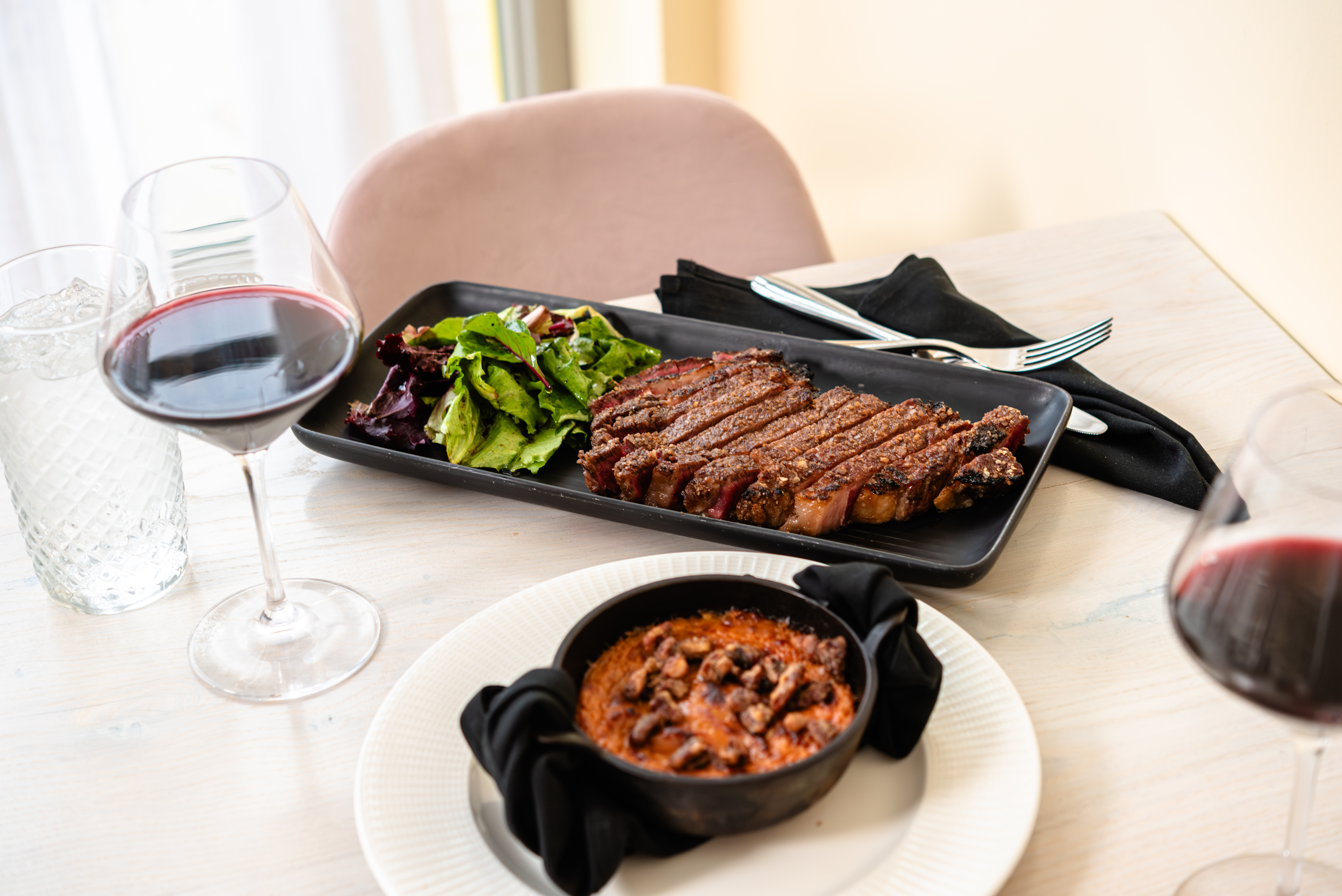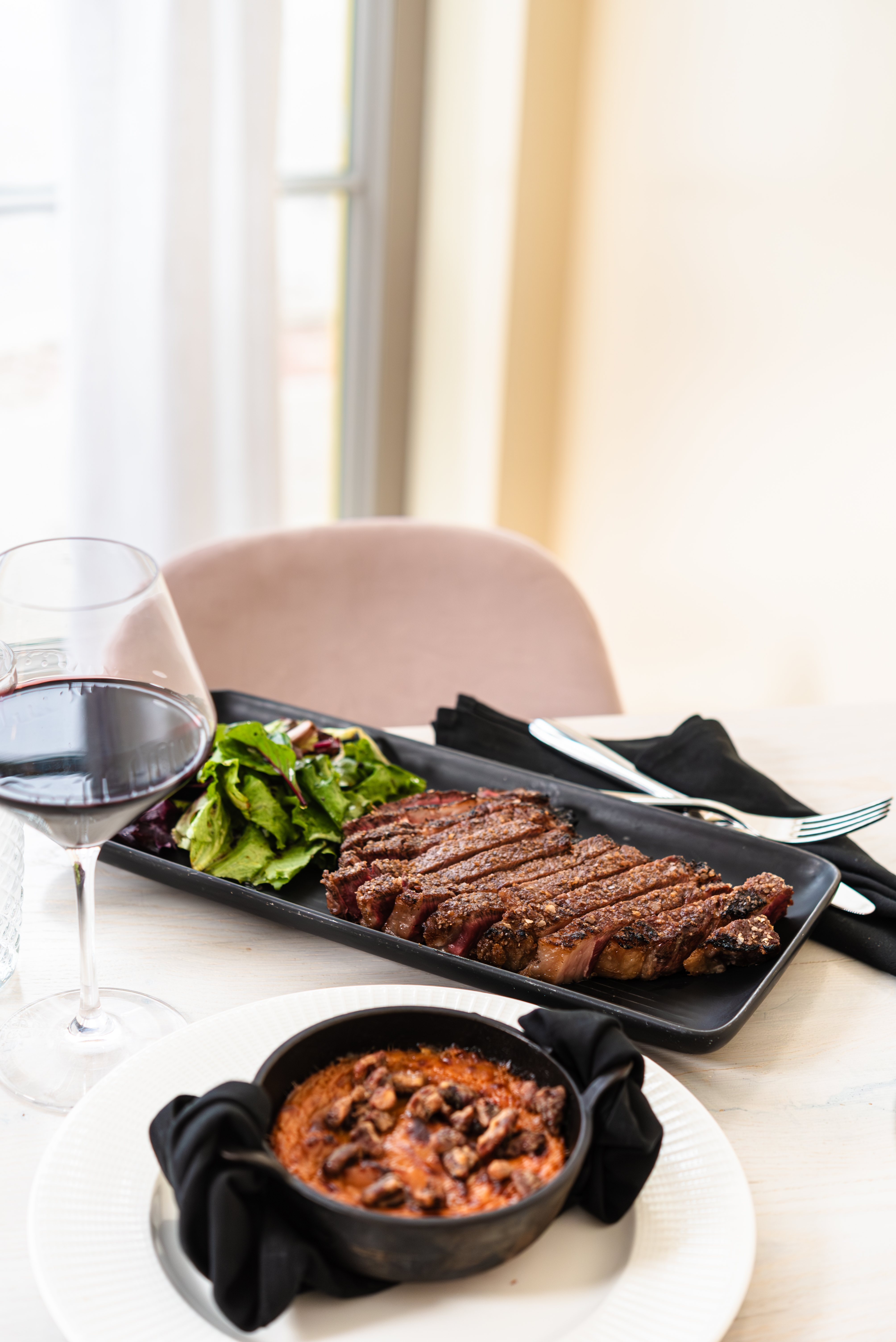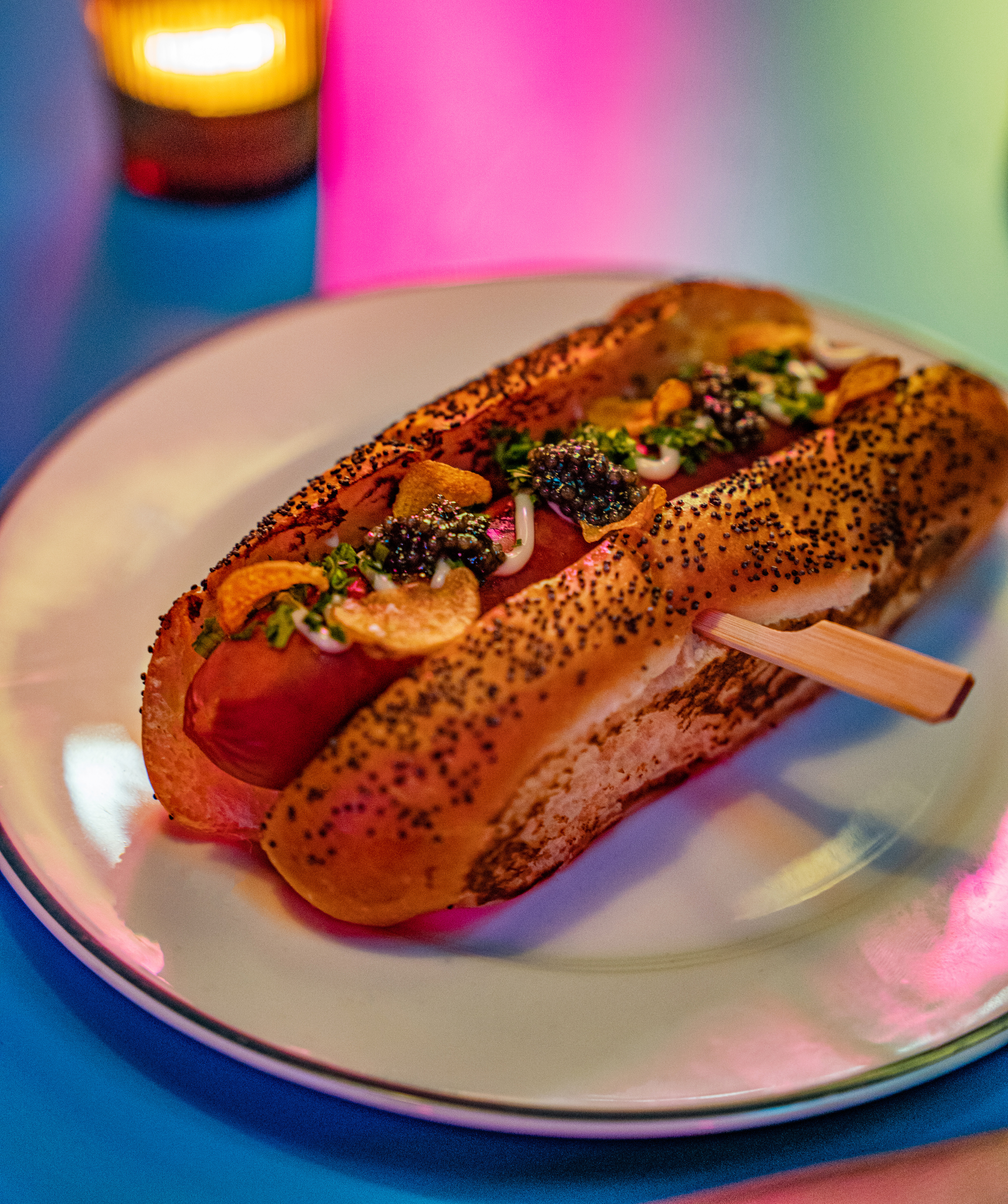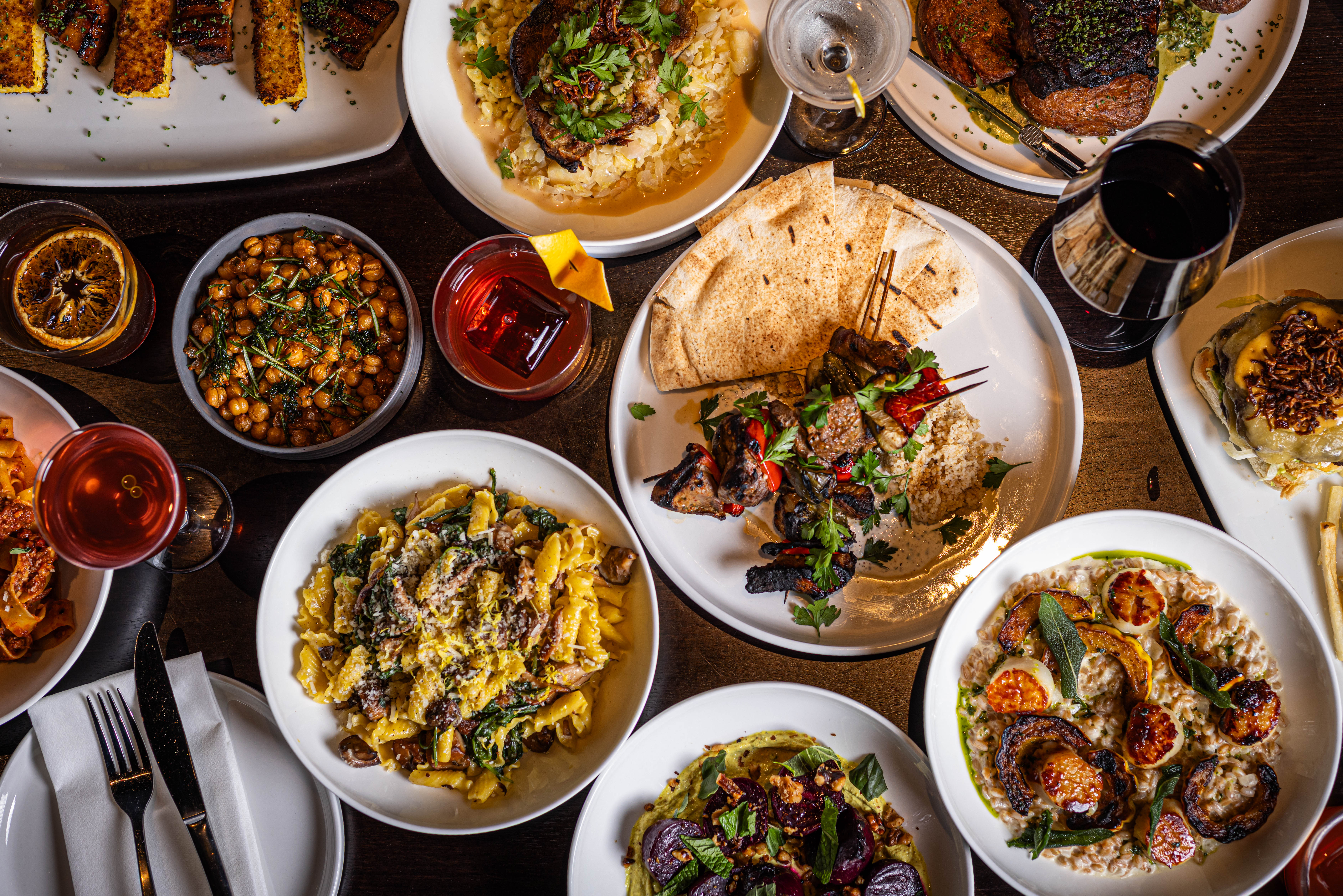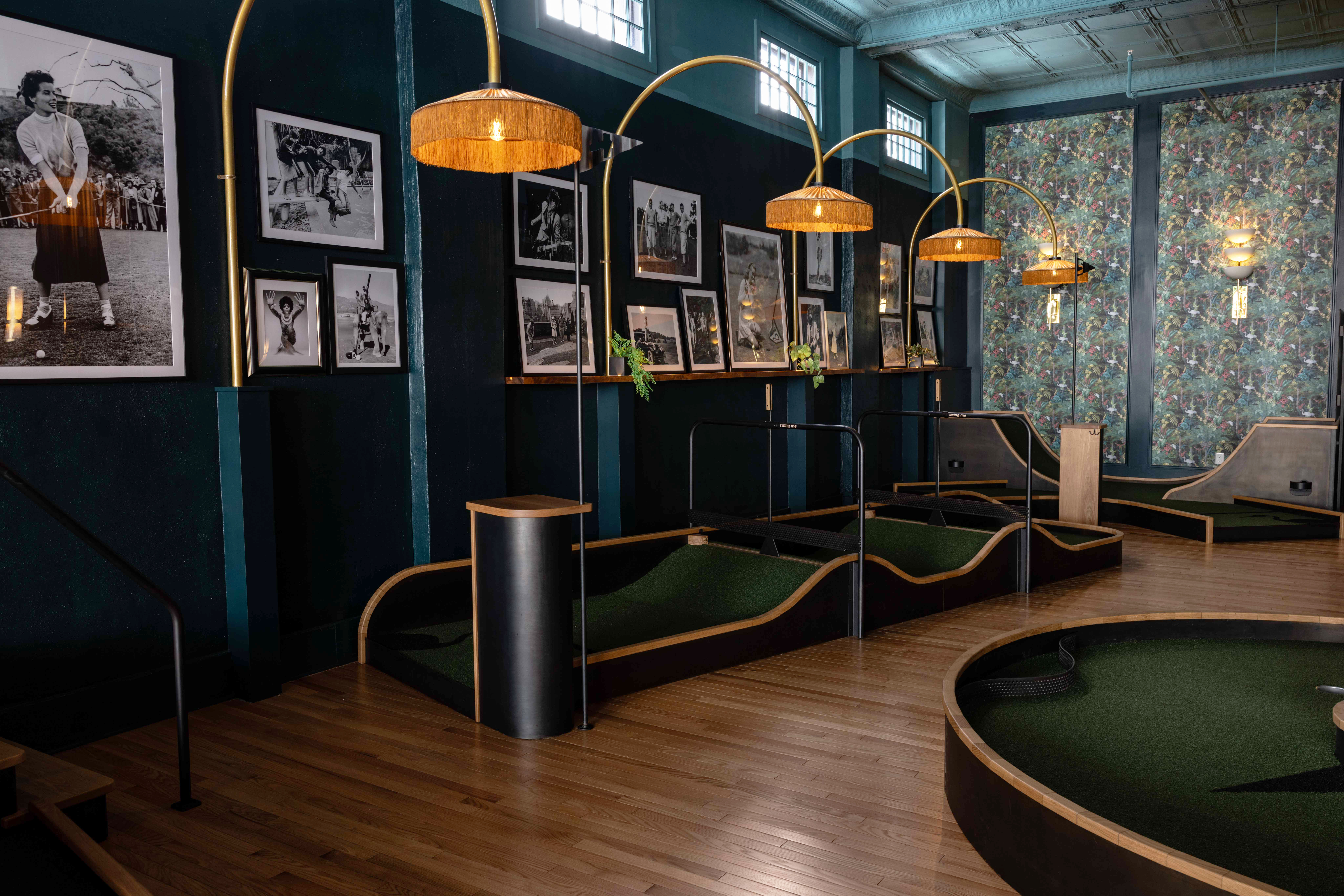Three Things To Know: Sushi Junki Brings Modern Nigiri, Pho and More to Chagrin Falls
by Kate Bigam Kaput | Apr. 19, 2022 | 8:30 PM
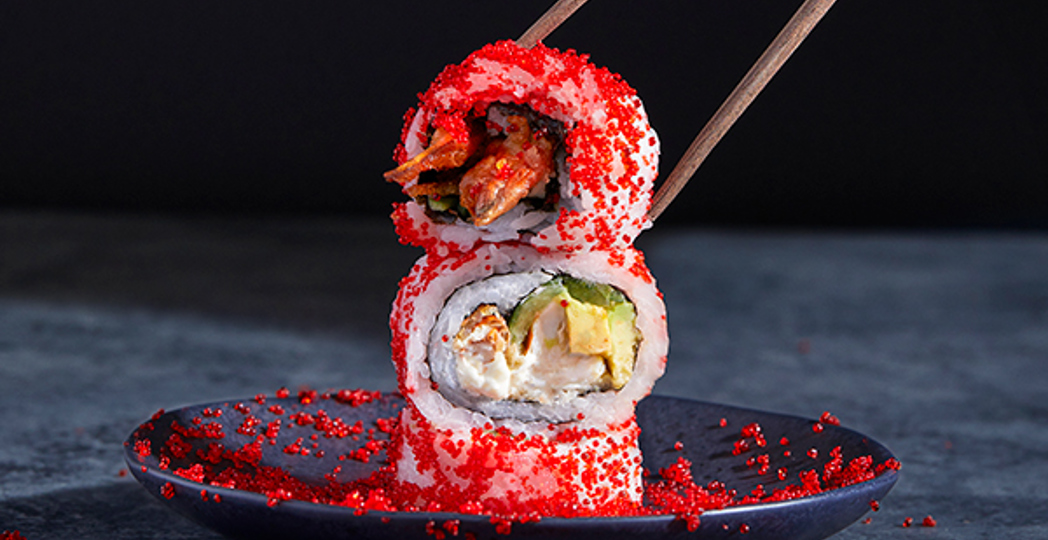
Karin McKenna
Bret Adams wants everyone to have the chance to love sushi as much as his five kids do. “They’re where the word ‘junki’ came from because they’re self-proclaimed sushi addicts,” he says. This is the sixth restaurant concept for Adams, founder of the Chef Art Pour Restaurant Group behind Burntwood Tavern and Leo’s Italian Social. And despite a rocky start evident in the early Yelp reviews, the restaurant seems to be finding its way in the path of the company’s popular predecessors.
Here are three things to know before you go.
The Space
Sushi Junki may be situated in an upscale suburb, but when you step inside, Adams wants you to feel like you could be in the midst of a big city. T-shirt-clad servers are pierced and tattooed, with rock music playing softly in the background, a one-restaurant attempt at giving Chagrin an edge. Stark white decor, from the walls to the placemats, is broken up only by a giant, blue-hued octopus mural and the colorful food on your plate. It’s a tight space, with about a dozen counter seats downstairs. Upstairs, though, can seat 40, and in warmer weather, patios will add extra seating extend those modern zen vibes. “We want to add a Japanese maple in the middle of the back patio to create cover and a serene environment,” Adams says.
The Food
The sparse white interior makes way for the food to shine, bringing vibrant pops of colors in freshly cut sashimi, expertly molded nigiri and hand-rolled sushi. Chef Thai Vue and Eric Stout have developed offerings that meld centuries-old styling with present-day tastes to offer suburban diners a menu that’s both adventurous and accessible. The nigiri ($5), for example, is recognizably traditional: hand-pressed sushi rice topped with ingredients like vividly orange salmon (nama sake) and glistening jumbo scallops (hotate gai). Meanwhile, the rainbow-hued 79 West roll ($17) is all contemporary, making good use of trimmings of red and white tuna, yellowtail and salmon. “Our menu isn’t necessarily stereotypical, always made the same way,” Adams says. “It's a bit of an abstract art.” Since opening in December, they’ve revisited and reworked the menu, removing Wagyu beef and sea bass entrees to focus instead on the sushi and pho their customers crave.
The Drinks
Whether you want a bold sake, a good old Miller Lite or something in between, Sushi Junki’s drink list runs the gamut. “We have a very diverse but not too complicated sake menu,” Adam says, “but if you just want a beer, we can accommodate that, too.” In the middle is a cocktail menu highlighting Asian-inspired flavors like ginger, matcha and honey. The old-fashioned, an American favorite, is subtly transformed by swapping bourbon for a gold-toned Japanese whiskey.
Try This: Sushi Junki’s spider roll ($15) puts to rest the ages-old dinner concern that perhaps sushi won’t be a filling enough meal. This uncommonly large roll (called a futomaki) pops with cheerful colors and competing consistencies. Its star ingredient is tempura-battered soft-shell crab that’s delicate and gooey inside but perfectly crispy outside, legs still intact and poking out the ends of the roll. It’s paired with crunchy cucumber and smooth avocado cream cheese, all wrapped in a full sheet of nori, covered with sweetened rice and speckled with bright red fish roe. “The whole thing is a really nice contrast of textures,” says chef Eric Stout. “You've got a slew of different tastes as you're making your way through it.”
Trending
-
1
-
2
-
3
-
4
-
5





